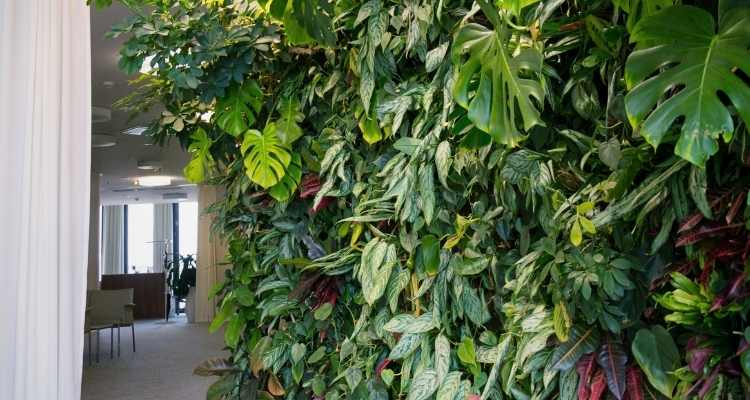Table of Contents
Tips for Planting a Living Wall - There are a lot of questions that come up when you're thinking about planting a living wall. Will it be too much work? Is the maintenance going to be difficult? How do I choose plants? We've compiled this article with answers to some of these common questions, and hope that it will help make your decision easier.
Different plants thrive in different environments, so it's important to choose the right plant for your living wall. There are generally two types of plants people gravitate towards when they're thinking about planting a living wall: vertical and horizontal. Vertical plants (e.g.: vines) grow upwards on supports like trellises or poles, while horizontal plants (e.g.: mosses) spread out over surfaces like walls or pots.
Both vertical and horizontal plants can provide a beautiful addition to any home environment! To help you decide which type is best for you, think about what part of the world this will be located in most often; if it'll mostly be indoors then consider using more delicate species that require little upkeep such as succulents.
If it'll mostly be outdoors, then think about the height of your space and what kind of feel you want to create for that area; if this is in a garden or on an indoor wall by windows where you can see out from inside your house, consider using taller species like bamboos and other grasses which will provide vertical interest when looking outside. If there are no nearby windows, but plenty of sun hitting the plants throughout the day, use more colourful shade tolerant flowers such as petunias or impatiens!
Keep these considerations in mind before deciding on what type of plant best suits your needs!

The answer to this question is, unfortunately, not always a straightforward “yes”. There are many factors that will determine whether or not your project needs planning permission such as the height of your living wall and what it might be blocking out from view; if there's an existing structure on the property that you're planting into, for instance.
In order to avoid uncertainty with regards to these issues, we recommend consulting with a local council in advance about any questions you may have before starting work! As they would know better than anyone else which plants can go where without needing planning permission and how high up they should be planted.
Every living wall will last for a different length of time. The lifespan depends on the type of plants you use and how well they're looked after, so it's really hard to say exactly!
If your walls are mostly evergreens then it'll be longer than if you had deciduous ones - which would need more water in order to avoid them dying from lack of sunlight during winter months. It also relies on whether or not you have any other structures blocking light onto the side of your house where the living wall is situated that may shade parts of it over summertime (we talk about this in more detail below).
The best way to keep track is by taking note every now and again as changes happen throughout seasons, and to also keep an eye on the leaves of your plants. If they're a dull shade, or if you can see little dots appearing on them, then it's time for some water!
The good news is that living walls are really easy to maintain - in fact all you need is just one watering can per year which takes less than thirty minutes every few months (more often during summertime)! To do this we use our Living Wall Gro-Cap: a super clever device that automatically waters the wall when needed but without overdoing things so as not to harm any growing roots.
It doesn't take too much effort either because most people have their own rainwater tanks installed by now from where they store harvested rain water inside.
A green wall usually costs $2500 to install. This can increase or decrease depending on the size, shape and number of plants used in it. You might want to check with local nurseries for their prices as they vary a lot!
The best way is always to do your own research before buying anything else - this will help you get the most bang for your buck.
Green walls provide insulation against heat loss during wintertime while regulating temperature inside during summertime thanks to its natural process of transpiration (when water evaporates through leaves). They also absorb carbon dioxide and release oxygen into our polluted atmosphere which helps us fight global warming by reducing emissions at source level - yay! Moreover, studies show that vegetation in an urban environment can reduce crime rates and boost property values.

If you have specific questions about This post, please contact us.